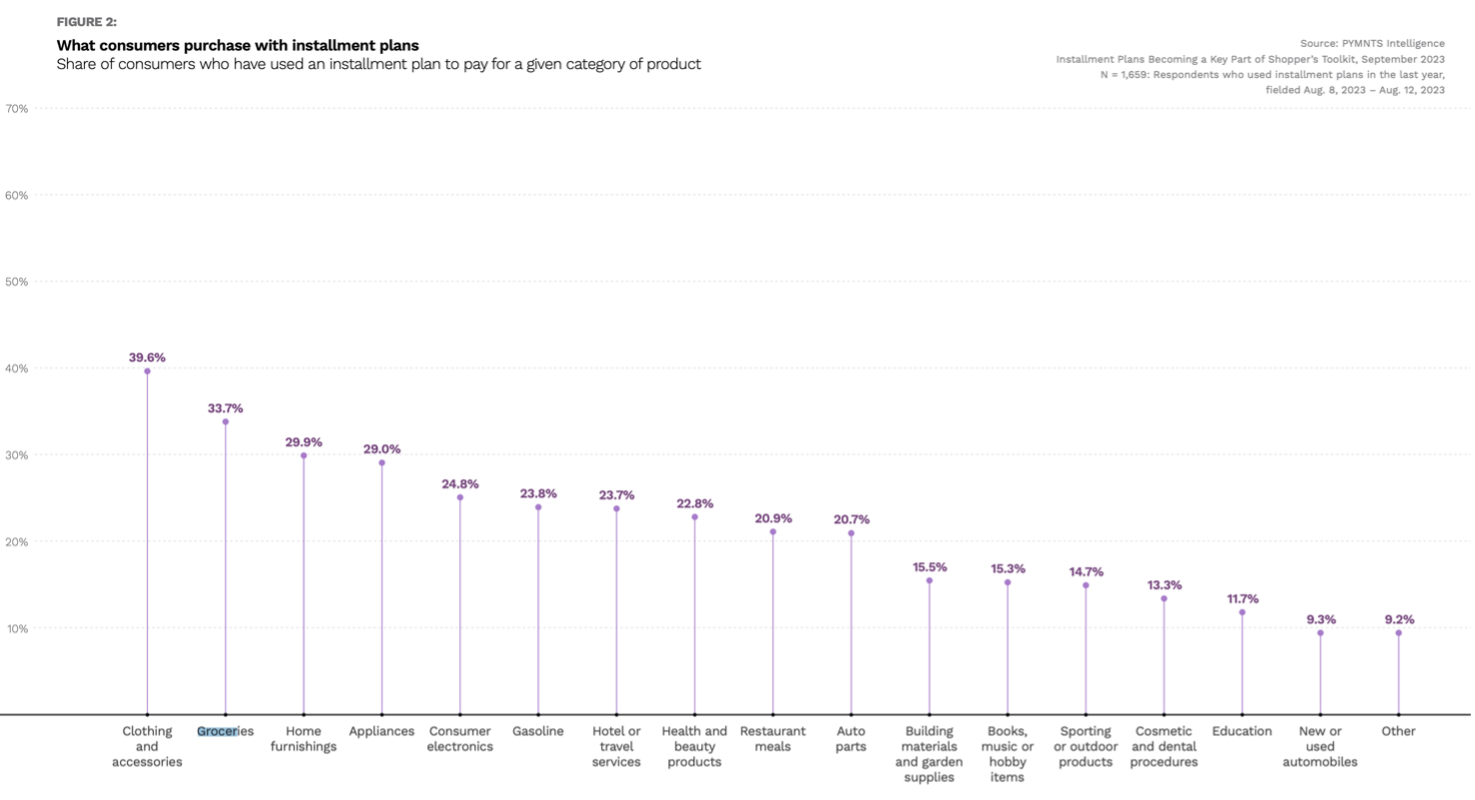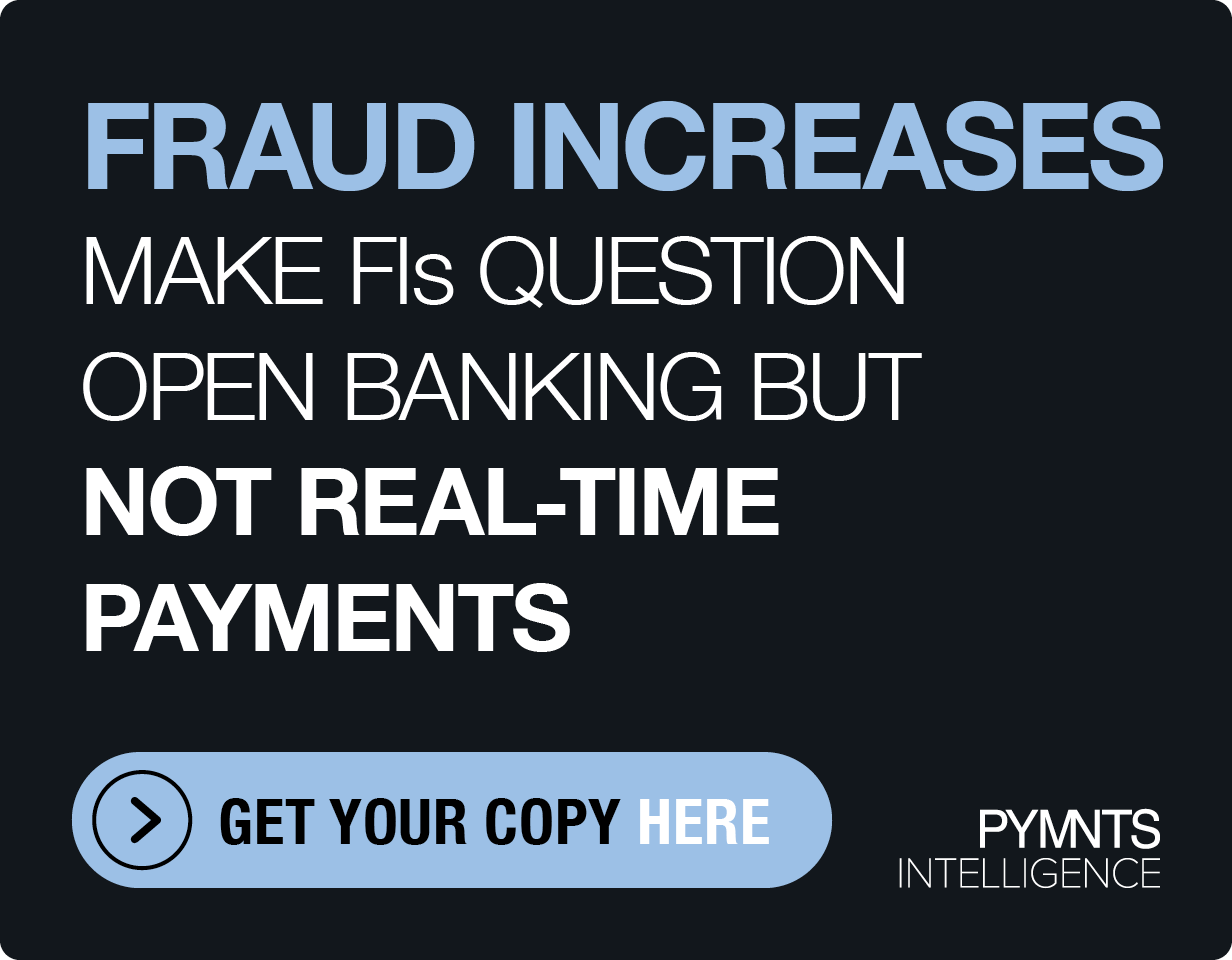Grocery Shoppers’ Budget Strategies May Outlast Inflation

When household finances are tight, consumers use various strategies to manage their budgets and make ends meet. This behavior applies to every spending category, from clothing to travel, but especially to essentials like groceries. After two years of persistent inflation, a more cost-conscious U.S. consumer has embraced these strategies, including cutting back on non-essentials, opting for cheaper brands or discount stores, or actively seeking out deals and discounts. Market analysts warn that some of these changes may persist even after inflation has subsided.
Data from the PYMNTS Consumer Inflation Sentiment series revealed 57% of consumers reported having cut down on nonessential grocery spending. Meanwhile, 47% traded down to grocers with lower prices and one-third downgraded from their favorite brands, probably switching to private label. Kroger, the largest grocer in the United States, predicts that this growth in private label penetration will lead to lasting customer loyalty to these brands, even as inflation returns to normal levels.

“During a more challenged economic environment … we do see more customers engage with Our Brands products, and as they start to see the quality and the value,” Kroger Chief Financial Officer Gary Millerchip told analysts on a call. “And typically, it stays at a more elevated level even after the economic challenges have dissipated.”
Rather than trading down to cheaper brands, many shoppers are buying the same name-brand products in smaller amounts. PepsiCo shared in the release of its third-quarter earnings results that it “has seen consumers’ preferences shift toward smaller packages.” In the Q&A session with analysts, Pepsico CEO Ramon Laguarta observed, “Many consumers are shifting to these smaller sizes. So, we’ve been reducing portion size of our products and making sure that we’re still very affordable, and that [has] an impact on the actual volume.”
Likewise, Barbara Connors, vice president of strategy and acceleration at 84.51°, Kroger’s retail data science, insights and media company, spoke to how consumers’ shopping habits remain affected by inflation even as concerns subside. “Shopper behaviors that have been adopted during the inflationary environment are going to linger,” Connors said in an interview with PYMNTS. “As we see inflation cool, we’re not going to see an immediate drop in using coupons, in looking for deals, in looking for value. A lot of those behaviors [are] fiscally responsible behaviors that shoppers have now learned as a way that they can save money and still get the products that they want.”
When trade-down strategies are not enough, consumers turn to credit, an approach that appears to be gaining traction in the U.S. According to a PYMNTS Intelligence study done in collaboration with Splitit, nearly one-third of U.S. consumers used an installment plan to pay for their grocery expenses, this being the second category among all retail products. This is consistent with findings in the PYMNTS Intelligence Paycheck-to-Paycheck Report, done in collaboration with LendingClub, that around 60% of the country’s population has consistently struggled to make ends meet over the past two years.
It has been over two years of hardship for the pocketbook due to high prices. During this time, consumers have adopted various strategies to stretch their budget and have found that they are effective, making it challenging to abandon them from one day to another even if inflation eventually ceases.


